All-season vs. winter tires: What’s the difference?
These two types of tires would hardly be more different if one was square.
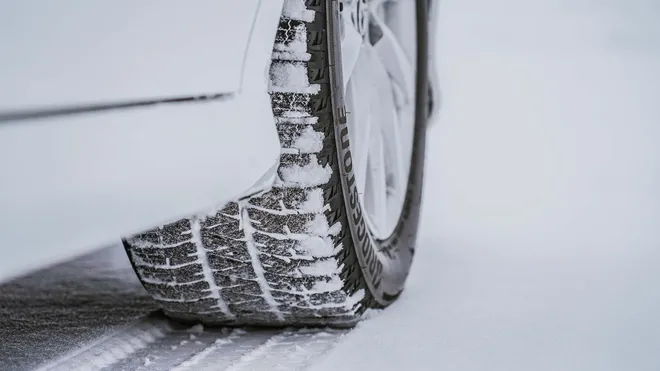
For all the suspension engineering and chassis tuning a vehicle undergoes before its manufacturer commits to full-scale production, how well your car handles and—more important for most drivers—how well it stops in an emergency comes down to the tires. And not even the whole tire. The contact patch, the part of the tread that is touching the road at any given time, is roughly the size of your hand. OK, your car’s contact patch might be slightly larger than your paws, but the analogy gives new meaning to the idea that your life is in your hands.
That’s what makes tires so important—and why, if you live somewhere with predictable below-freezing temperatures and annual snowfall, winter tires (also commonly called snow tires) are a good investment. Everything about winter tires is different from all-season rubber, from the tread design to the rubber compound they are molded from. But all that nerdy engineer talk can get distracting. The important question is: What will winter tires mean to me? Let’s find out.
Safety
A winter tire’s tread design and rubber compounds are all aimed at increasing traction as temperatures drop. Yes, winter tires are far better in the snow than all-seasons, but they also deliver improved performance at low temperatures regardless of precipitation. (This is why tire engineers get twitchy when we call them “snow tires.”) The more traction you have, the better the car will handle and the sooner it will stop.
The difference is dramatic. In a recent test conducted with Tire Rack, we slammed on the brakes in two identical Toyota RAV4s, one riding on all-season tires and one equipped with winter tires. From just 12 mph on ice, the difference in stopping distance was 23 feet. The winter-shod Toyota came to rest in 34 feet, compared to 57 for the all-seasons. Consider that the difference will grow even larger with increased speed, and it’s easy to see how winter tires can mean the difference between a close call—or a not even particularly close call—and a pricey oops.
In that same test, we approached a 90-degree bend at a doddering 11 mph. On winter tires, we took the turn drama-free, but on all-seasons, the stability control system kicked in and tried unsuccessfully to intervene as the RAV4 plowed straight ahead. Winter tires are so effective that some insurance companies in Canada offer a discount for drivers who install them.
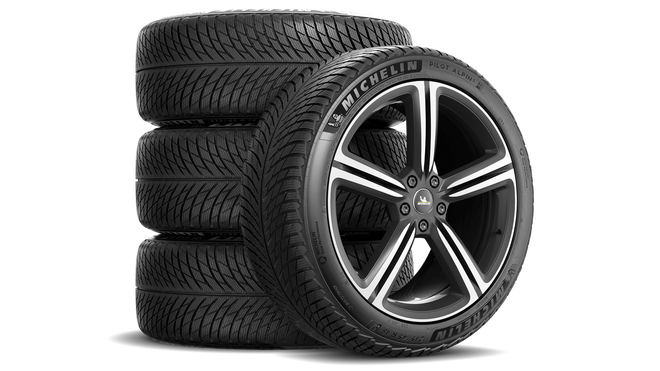
Price
Speaking of price, yes, buying winter tires will cost more money. The tires themselves don’t cost any more than all-seasons, but you’ll want to mount them on a separate set of wheels so that you’re not dismounting and re-mounting tires every fall and spring. Most tire retailers will mount tires you purchase at their store for free, but that’s usually a one-time deal. Subsequent visits will cost you. The price will vary depending on the retailer and tire size, but figure anywhere from $15 to upwards of $60 per wheel. So, even if that second set of wheels costs $200 apiece, they could pay for themselves in as little as one or two winters. Purchasing a second set of wheels is also a good idea because every time you mount or dismount a tire, there’s risk of damaging the wheel or tire.
Longevity
Their softer rubber compounds typically mean winter tires wear out faster than all-season tires, usually lasting around 40,000 miles versus 60,000 to 80,000 miles. And they wear faster as it gets warmer, so putting them on too early in the fall or leaving them on too late into the spring will wear them out faster. Depending on how long the snowy months last where you live, you can expect to get anywhere from three to six seasons out of a set of winter tires. Remember that those are miles you won’t be putting on your all-seasons, so running winter tires will extend your all-season rubber’s useful life.
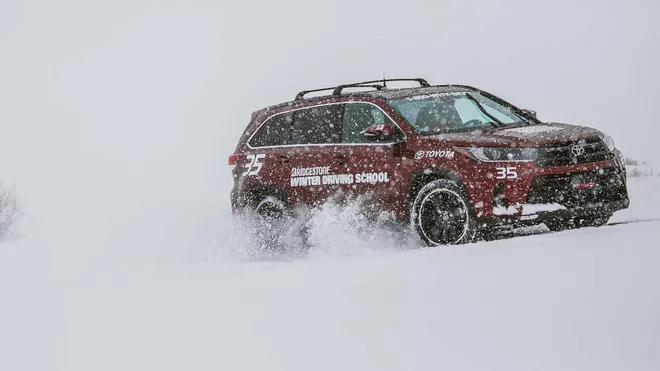
Identifying the Real Ones
There is tremendous variety among both all-season and winter tires. All-seasons can be focused on longevity, performance, reduced noise, and more. Winter tires vary in the intensity of their focus on wintry conditions and how compromised they are on warmer or dry pavement, but they all bear a pictogram of a snowflake on a mountain (known as the “three-peak mountain snowflake”) molded into their sidewalls. To earn this laurel, a tire must demonstrate a traction advantage in laboratory testing under a procedure defined by the American Society of Testing and Materials. This holds more weight than the M+S marking that typically abuts the mountain-snowflake symbol, as the M+S rating is simply based on tread geometry and does not take the rubber compound or actual testing into account.
Recently, a new category of tire has emerged to bridge the gap between all-seasons and winter rubber. Called all-weather tires, these also bear the mountain-snowflake symbol and blend some degree of the cold/snow performance of winter tires with the greater durability of all-seasons. And as all-weather tires proliferate, another new category is appearing, tattooed with an icy mountain next to the mountain-snowflake. These are aimed at tackling the most severe winter conditions, as earning this merit badge requires tires to have a greater traction advantage in adverse conditions than mere mountain-snowflake winter tires.
The Experts Recommend
For help identifying the best winter tires—as well as the best all-seasons, for those who refuse to invest in a second set of rubber—we reached out to the experts at Tire Rack for their recommendations.
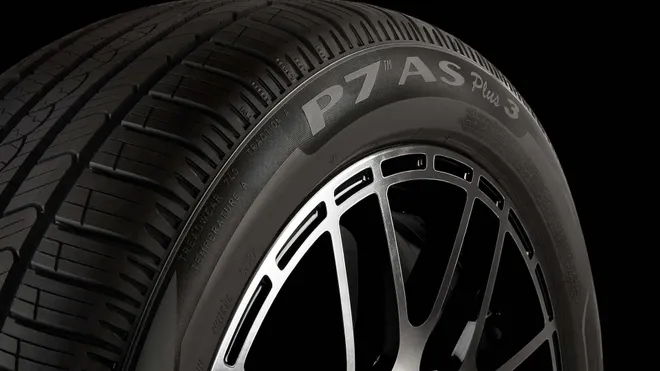
All-Season: Pirelli P7 AS Plus 3
Brent Rollins, Tire Rack’s tire information and testing assistant manager, notes that grand touring all-season tires tend to do better on snow and ice than other all-season categories. The risk, Rollins says, is that “acceleration can outmatch the tires’ braking and cornering grip,” meaning it is easier to get up to an unsafe speed than it is to slow from or turn at that speed. But he notes that the P7 AS Plus 3 has “progressive limits that make recovery quicker and less dramatic.”
Buy Now at Tire Rack
Warranty: 70,000 miles
Fitments: 28 sizes for 17-, 18-, 19-, and 20-inch wheels
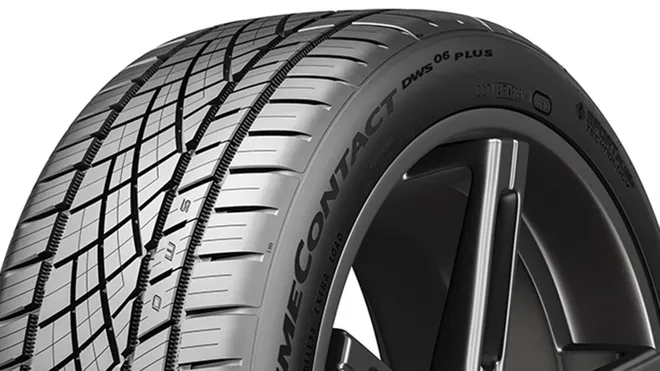
All-Season: Continental ExtremeContact DWS 06 Plus
The ExtremeContact DWS 06 Plus is an ultra-high-performance all-season tire, a category that usually sacrifices more winter grip than standard all-seasons. This particular tire is a good option for drivers wanting to balance fair-weather performance with occasional foul-weather use. However, Rollins cautions, in extreme conditions, “drivers can expect they’ll have decent traction until they don’t and then a more exacerbated recovery time to bring things back in line.”
Buy Now at Tire Rack
Warranty: 50,000 miles
Fitments: 106 sizes for 16-, 17-, 18-, 19-, 20-, 21-, and 22-inch wheels
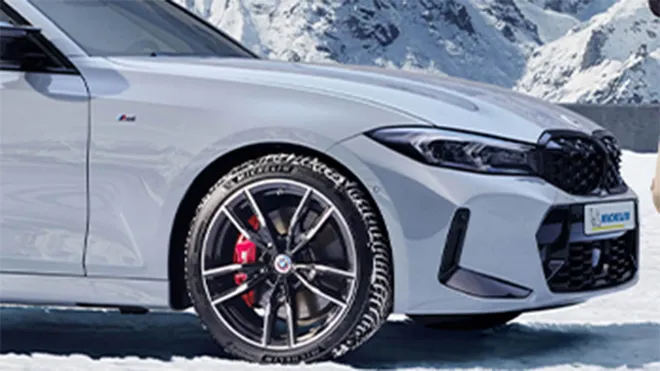
Winter: Michelin Pilot Alpin 5
Balancing traction on wet roads with grip on cold but dry pavement is a challenge for tire engineers, but the Pilot Alpin 5 manages the compromise better than most winter tires. Rollins says, “The increase in grip on ice from an all-season is significant, but the real magic happens in the light snow. The feeling of control comes back, and everything feels more like actually driving instead of merely offering input to speed and direction changes.” As a bonus, the Alpin 5 is available in numerous sizes for large-diameter and wide wheels.
Buy Now at Tire Rack
Warranty: 30,000 miles
Fitments: 10 sizes for 18-, 20-, and 21-inch wheels
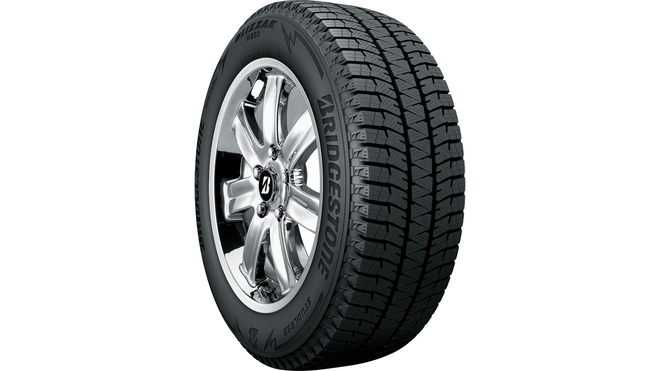
Winter: Bridgestone Blizzak WS90
A longtime favorite among winter tires, the Blizzak WS90 is pinpoint-focused on the worst winter conditions. It suffers somewhat in warmer weather and on wet—but not snowy—roads but has a significant traction advantage on snow and ice. Rollins says the WS90 brakes so well on wintry roads that it “actually engages neck muscles, and you’ll wonder why everyone is driving so slowly.” He adds, “The advantage is real and can be tough to live without once experienced.”
Buy Now at Tire Rack
Warranty: None
Fitments: 54 sizes for 14-, 15-, 16-, 17-, 18-, and 19-inch wheels
Disclosure: MotorTrend may earn a commission if you purchase a product through one of our affiliate links.
Disclaimer: The copyright of this article belongs to the original author. Reposting this article is solely for the purpose of information dissemination and does not constitute any investment advice. If there is any infringement, please contact us immediately. We will make corrections or deletions as necessary. Thank you.







